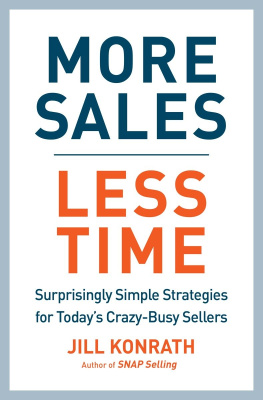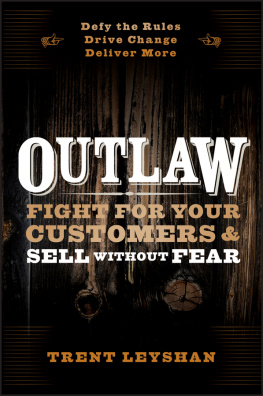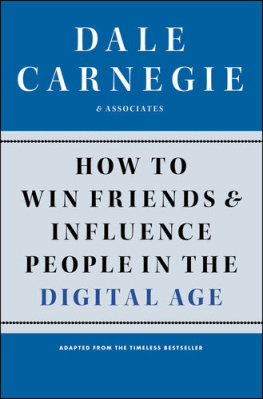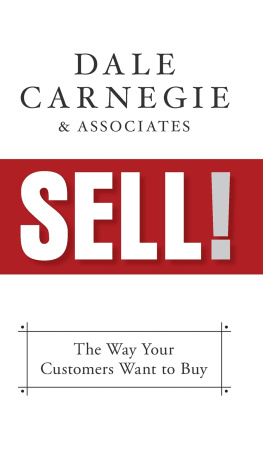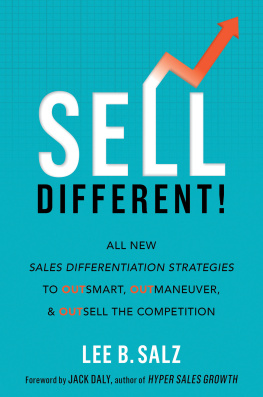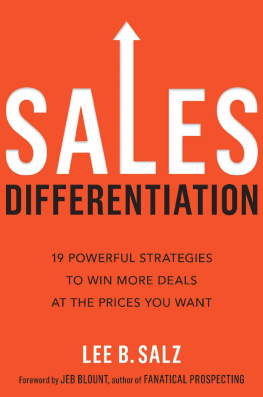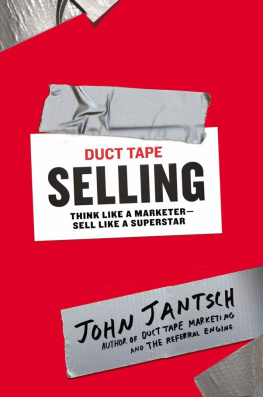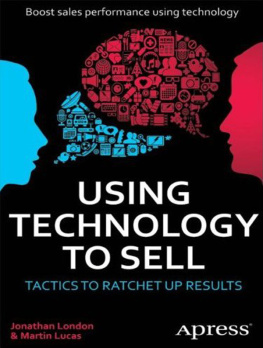Penguin supports copyright. Copyright fuels creativity, encourages diverse voices, promotes free speech, and creates a vibrant culture. Thank you for buying an authorized edition of this book and for complying with copyright laws by not reproducing, scanning, or distributing any part of it in any form without permission. You are supporting writers and allowing Penguin to continue to publish books for every reader.
Most Portfolio books are available at a discount when purchased in quantity for sales promotions or corporate use. Special editions, which include personalized covers, excerpts, and corporate imprints, can be created when purchased in large quantities. For more information, please call (212) 572-2232 or e-mail specialmarkets@penguinrandomhouse.com. Your local bookstore can also assist with discounted bulk purchases using the Penguin Random House corporate Business-to-Business program. For assistance in locating a participating retailer, e-mail B2B@penguinrandomhouse.com.
While the author has made every effort to provide accurate telephone numbers, Internet addresses, and other contact information at the time of publication, neither the publisher nor the author assumes any responsibility for errors or for changes that occur after publication. Further, the publisher does not have any control over and does not assume any responsibility for author or third-party Web sites or their content.
INTRODUCTION
S HORTLY AFTER I DELIVERED THE CLOSING KEYNOTE at a big sales conference, Matt, a salesperson for a midsized software firm, approached me with a grim look on his face. Do you have a second? he asked hesitantly. Sure, I answered. Whats up?
That was all it took to open the floodgates. Matt started off saying he totally agreed with me that salespeople needed to be invaluable resources to their customers (the subject of my talk). I was glad to hear that. Then came the big but.
But, he said, Im totally maxed out right now. I hustled like crazy last year to meet my quota. Then they went and raised it thirteen percent this year. I have no idea how Im going to make my numbers. Im up at the crack of dawn, working my you-know-what off all day long. On my way home, I pick up my youngest at day care. In the evening, I have family responsibilities. How in the world am I supposed to get everything done and learn our new CRM and do social selling and... ? His list went on and on.
I recognized the pain of not having enough time in the day to do it all. It was my pain too. Likely its something youre struggling with right now as well.
My response to Matt was empathetic but not one bit helpful. I know exactly how you feel, I said, but Im not a productivity guru. Im also having a tough time these days. Personally, I felt like time was taunting me: Behind again? Youll never get it all done. I worked harder and longer hours, sacrificing my limited personal time to stay ahead of the game. Still, it wasnt sufficient. My work just kept expanding, demanding more of me. I could never seem to call it a day.
In my entire career, Id never faced a sales problem of this magnitude.
While Iand Mattdealt with this crisis of not having enough time, the entire sales field was doubling down on its obsession with sales productivity. Sales leaders wanted more revenue per rep. Spurred on by big data, emerging software-as-a-service technologies, seamless integrations, and easy-to-use apps, sales teams were armed with the latest and greatest tools to sell even moreand handed quotas to match that supposed new capacity.
With all these productivity-enhancing tools, youd think we would have been able to meet our quotas with time to spare. But precisely the opposite was happening. Virtually every seller I knew worked longer hours, yet according to CSO Insights, a whopping 45.4 percent still werent making their numbers.
Matts question to meand my own recognition of what my life had becomemade me curious. Why were we so overwhelmed? Shouldnt the development of all these technologies make it easier to get things done, not harder? What was I missing?
THE ULTIMATE CHALLENGE
For my entire career, Ive relentlessly searched for fresh strategies to address emerging sales challenges. At Xerox, where I began my sales career and led sales teams, figuring out how to beat new competitors consumed me. When I sold technology, I obsessed over finding new ways to displace the status quo. When I ran a consulting firm, helping my clients jump-start their new-product sales was the ultimate challenge. Most recently, Ive been writing, speaking, and doing workshops on the following:
- Setting up meetings with impossible-to-reach corporate decision makers (which I wrote about in my book Selling to Big Companies)
- More effective approaches for selling to crazy-busy buyers (I covered this topic in a follow-up book, SNAP Selling)
- Getting up to speed quickly in a new sales position (a skill I wrote about in depth in my last book, Agile Selling)
Never in my wildest dreams did I ever think Id need to tackle the issue of sales productivity. In my mind, time management gurus were anal-retentive sorts who were preoccupied with streamlining processes and saving minutes. Being a sales snob, I was interested in more important thingslike increasing sales effectiveness and driving revenue.
But at the time Matt asked me his question, I was sick and tired of being crazy busy. It was time to stop feeling sorry for myself and take action. With a vengeance, I threw myself into learning everything I could about time management and sales productivity. It was a problem begging for an answer.
I studied the work of neuroscientists, psychologists, time management gurus, cognitive behavioral specialists, psychiatrists, sleep researchers, and business innovators. Throughout the process, I kept trying to figure out, How does this relate to sellers?
Traditional time management strategies dont take into account the unique needs and challenges of salespeople. We have so many balls in the airour prospect pipelines, long-term relationships, clients were trying to closeand we need to pay attention to all of them if were going to meet our goals. Plus, in many cases, we salespeople live on our computers. Theyre like appendages to us, necessary for our survival. Detaching from our devices, even for a short time, makes us nervous.
I decided to turn myself into a human guinea pigto figure out how to stop fighting the clock and start winning again in my career. This book outlines my quest and all of the strategies and tools that I picked up or developed on that journey to becoming a more productive seller, with the ultimate aim of selling more in less time. Its my goal to help solve your problems with crazy busyness as well, without all of the hardship.

